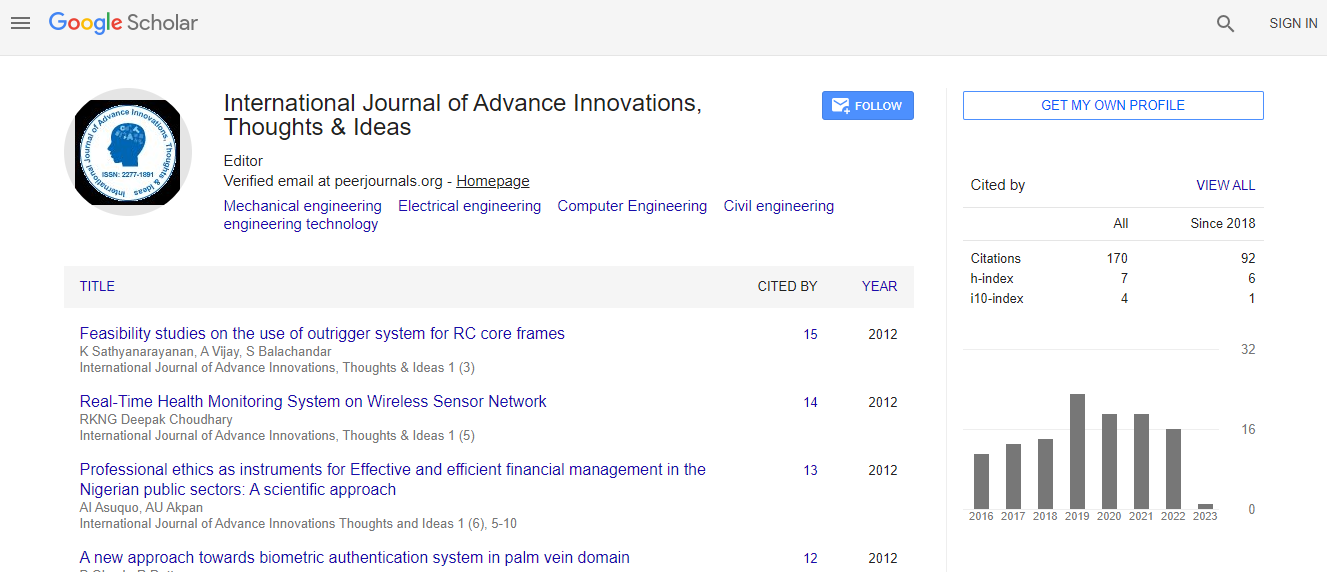Research Article
Image Enhancement by Wavelet with Principal Component Analysis
Vikas D .Patil*, Sachin D RuikarDepartment of Electronics & Telecommunication Dept., Sinhgad Academy of Engg, Pune, India
- *Corresponding Author:
- Vikas D .Patil
Department of Electronics & Telecommunication Dept
Sinhgad Academy of Engg, Pune, India
E-mail:vikaspatils@gmail.com
Abstract
This paper demonstrate the dimensionality of image sets with Wavelet using principal component analysis on wavelet coefficients to maximize edge energy in the reduced dimension images. Large image sets, for a better preservation of image local structures, a pixel and its nearest neighbors are modeled as a vector variable, whose training samples are selected from the local window by Local Pixel Grouping (LPG).
The LPG algorithm guarantees that only the sample blocks with similar contents are used in the local statistics calculation for PCA transform estimation, so that the image local features can be well preserved after coefficient shrinkage in the PCA domain to remove the random noise. The LPG-PCA Enhance procedure is used to improve the image quality.
The wavelet thresholding methods used for removing random noise has been researched extensively due to its effectiveness and simplicity. However, not much has been done to make the threshold values adaptive to the spatially changing statistics of images. Such adaptivity can improve the wavelet thresholding performance because it allows additional local information of the image (such as the identification of smooth or edge regions) to be incorporated into the algorithm of a damaged or target region in addition to shape and texture properties

 Spanish
Spanish  Chinese
Chinese  Russian
Russian  German
German  French
French  Japanese
Japanese  Portuguese
Portuguese  Hindi
Hindi 
